Understanding the Average Life of a Roof

Understanding the Average Life of a Roof
July 21, 2023
When it comes to homeownership, one of the most important components of your house is the roof. It provides shelter and protection from the elements and contributes significantly to your home’s overall aesthetic appeal. But have you ever wondered about the average lifespan of a roof? In this blog post, we’ll delve into understanding the average life of a roof and what factors can influence its longevity.
Average Lifespan of a Roof
The average lifespan of a roof largely depends on the material used. Here’s a general overview:
- Asphalt Shingles: These are the most common roofing materials due to their affordability and ease of installation. On average, asphalt shingle roofs last about 15 to 20 years.
- Metal Roofs: Metal roofs are known for their durability and can last between 40 to 70 years if well-maintained.
- Tile and Slate Roofs: These roofs are not only aesthetically appealing but also incredibly durable. They can last anywhere from 50 to 100 years or even longer.
- Wood Shingles: Wood shingles usually have a lifespan of around 20 to 25 years, but with excellent maintenance, they can last up to 30 years.
Remember, these are average lifespans. Many factors can influence the actual lifespan of your roof.
Factors Affecting Roof Lifespan
Several factors can either shorten or extend the lifespan of your roof:
- Weather Conditions: Severe weather conditions like hailstorms, heavy snow, high winds, and extreme temperature changes can cause significant wear and tear on your roof, thereby reducing its lifespan.
- Maintenance: Regular maintenance is key in extending the lifespan of your roof. This includes routine inspections, cleaning, and timely repairs.
- Installation: The quality of installation plays a crucial role in determining how long your roof will last. A poorly installed roof can lead to numerous problems down the line, which can reduce its lifespan.
- Ventilation: Proper roof ventilation can help maintain the roof’s integrity by preventing moisture build-up and heat damage.
- Material Quality: The quality of the roofing material used is another significant factor. Higher-quality materials tend to last longer.
The Importance of Roof Replacement
Knowing the average lifespan of your roof is essential because it helps you plan for a replacement. Waiting too long to replace an old or damaged roof can lead to more severe problems, such as structural damage, mold growth, and insulation issues.
If your roof is nearing the end of its average lifespan or showing signs of significant wear and tear, it might be time to consider a replacement. Consult with a professional roofer who can assess the condition of your roof and guide you on the best course of action.
Choosing The Right Roofing Contractor For Your Fairfield County Home
When it comes to ensuring your roof lasts and is safe for your family, you need to hire the best contractor possible. The experts at JM Roofing and Siding are licensed and insured to serve you in Norwalk, Connecticut, and the surrounding areas.
Contact us today for a free estimate!
Recent News
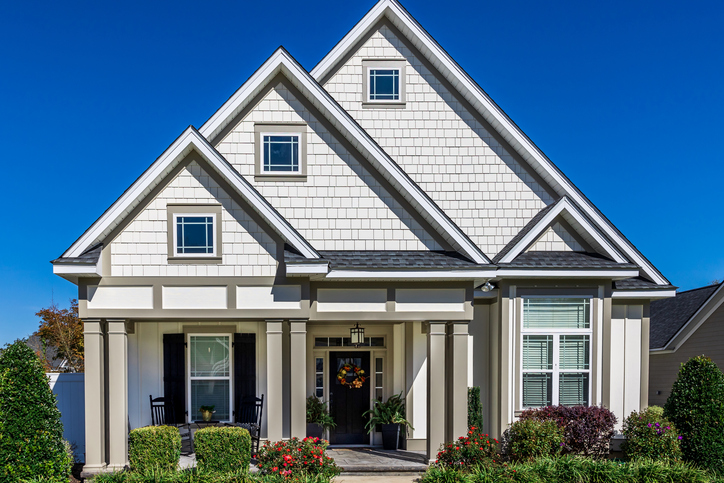
Summer Project Inspiration: Upgrading Your Home’s Exterior
June 27, 2025
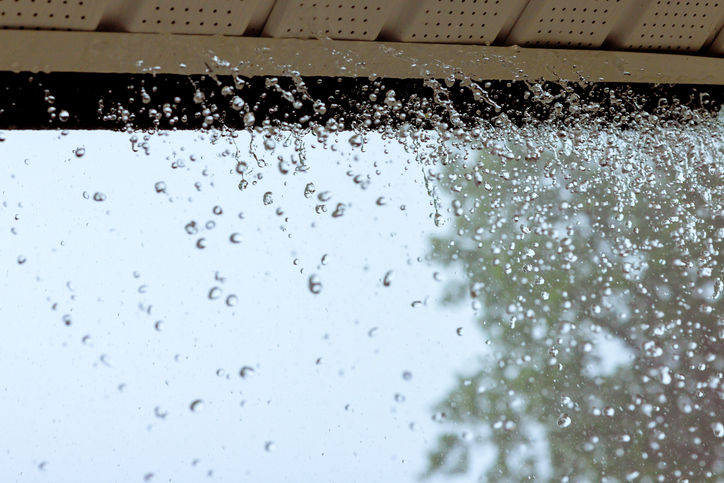
Top 3 Causes of Overflowing Gutters
June 19, 2025
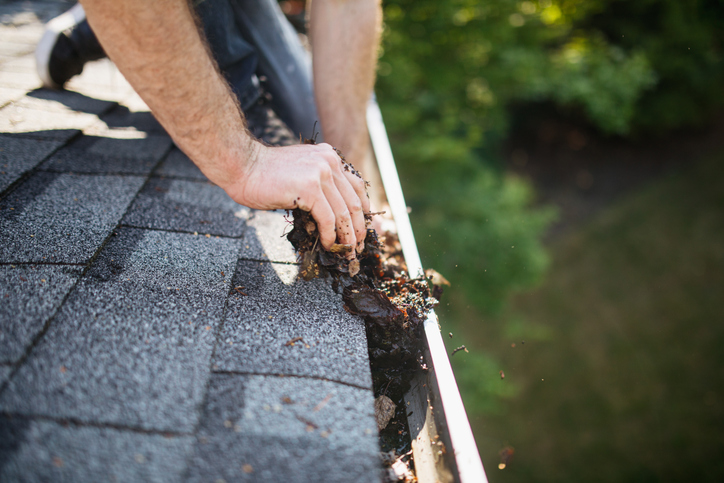
Spring Roof Cleaning Tips to Prepare Your Home for Summer
June 13, 2025
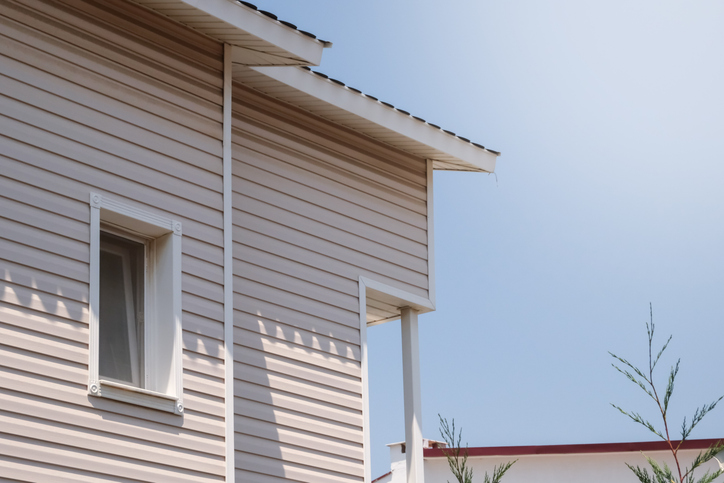
How to Protect Your Siding During Storms
June 9, 2025
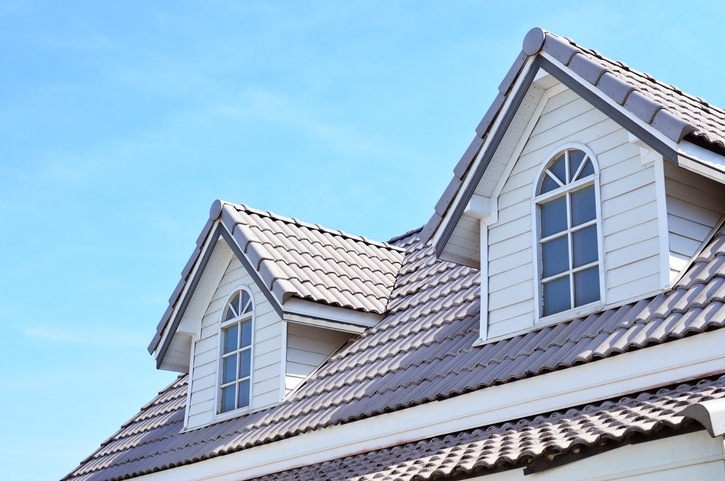
5 Common Roofing Mistakes Homeowners Make in Spring
June 5, 2025

Storm-Proofing Your Home: Expert Tips for Resilient Roofing and Siding
May 28, 2025

